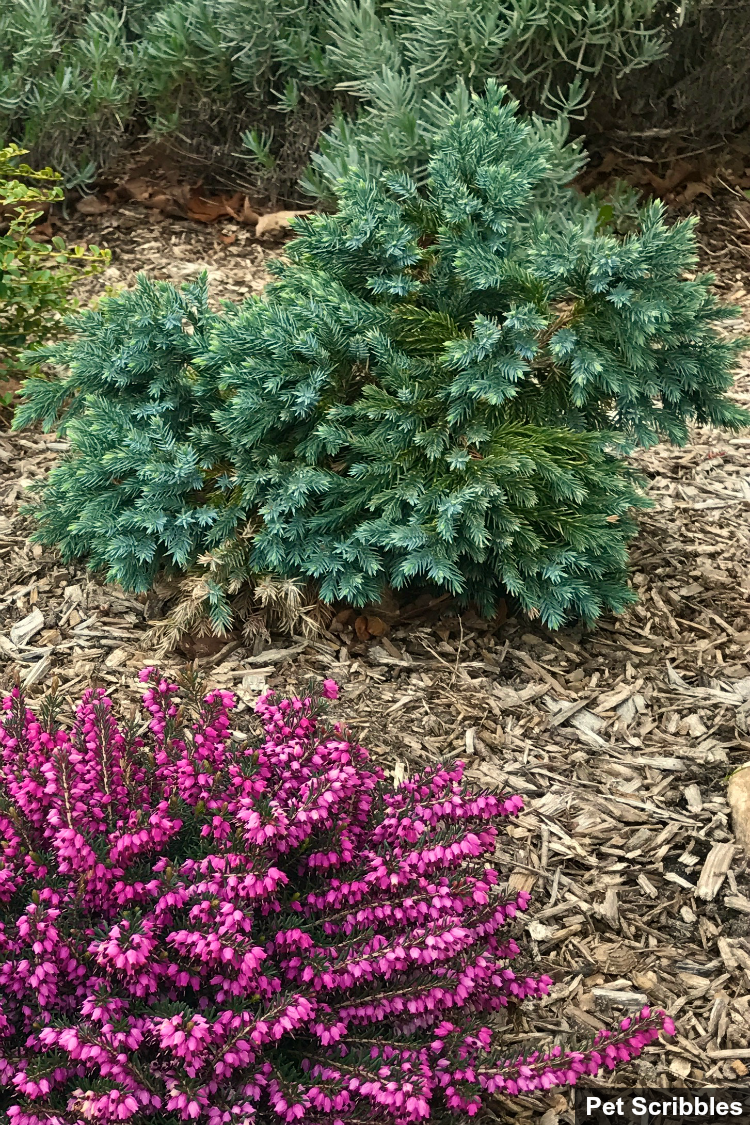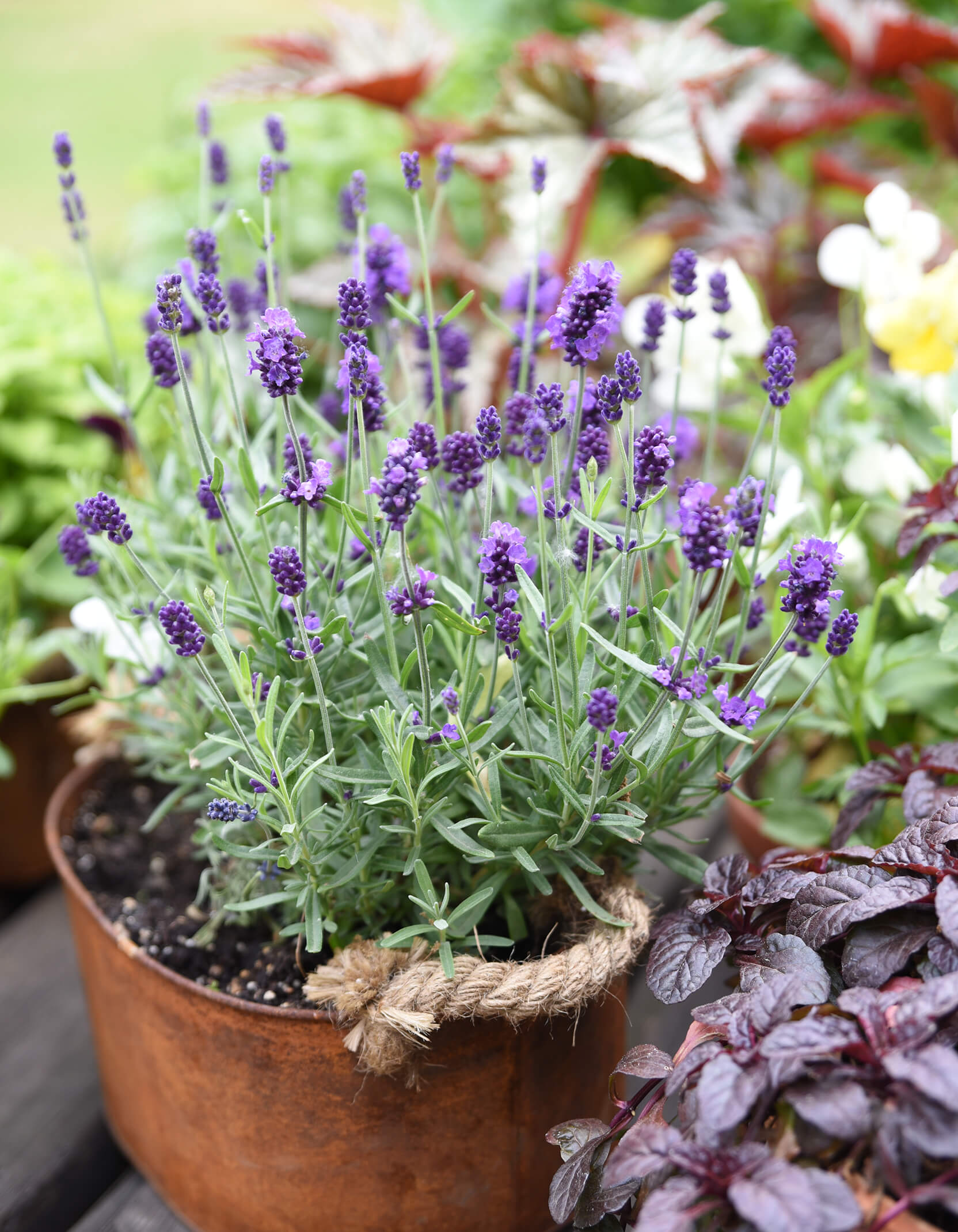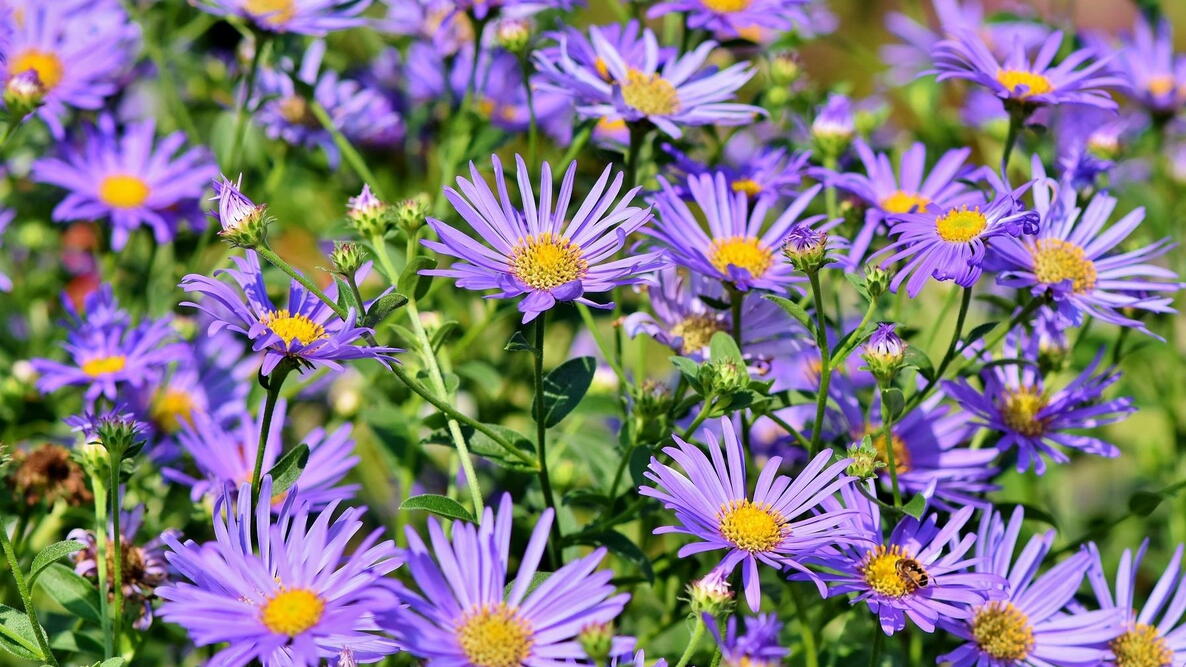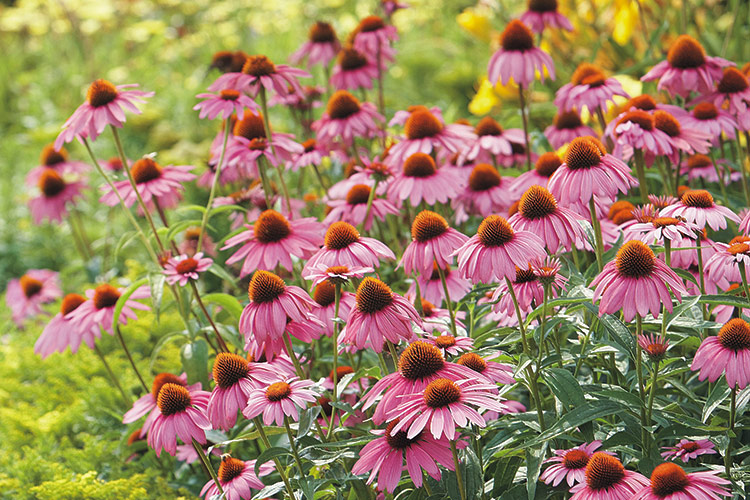Best Companion Plants For Junipers
Best Companion Plants for Junipers
Junipers are evergreen shrubs and trees that are known for their beautiful foliage and drought tolerance. They can be grown in a variety of conditions, making them a popular choice for landscaping. When choosing companion plants for junipers, it is important to consider the plant's size, growth rate, and sun and soil requirements.
Here are some of the best companion plants for junipers:
- Other conifers: Conifers, such as pines, spruces, and firs, share similar growing conditions as junipers and can provide year-round interest in the garden. When choosing conifers to plant with junipers, it is important to consider the size and shape of the plants to create a balanced composition.

- Dwarf shrubs: Dwarf shrubs, such as azaleas, rhododendrons, and cotoneasters, can add color and interest to the garden without overwhelming the juniper. These plants can also help to fill in bare spots and create a more layered look.

- Perennials: Perennials, such as sedums, yuccas, and lavender, can add a touch of color and texture to the garden. These plants can also help to attract pollinators and beneficial insects.

- Groundcovers: Groundcovers, such as juniper carpet, creeping thyme, and moss, can help to fill in bare spots and create a more uniform look. These plants can also help to suppress weeds and improve drainage.

- Grasses: Grasses, such as blue oatgrass, prairie dropseed, and Japanese forest grass, can add movement and interest to the garden. These plants can also help to break up the evergreen monotony of junipers.

- Annuals: Annuals, such as marigolds, petunias, and sunflowers, can add a burst of color to the garden in the summer months. These plants can also be used to fill in bare spots or create a more seasonal display.

When choosing companion plants for junipers, it is also important to consider the overall style of your garden. If you have a formal garden, you may want to choose companion plants that have a more structured look. If you have a more informal garden, you may want to choose companion plants that are more relaxed and flowing.
No matter what style of garden you have, there are many great companion plants that can be paired with junipers. With a little planning, you can create a beautiful and harmonious landscape that will last for years to come.
Junipers are beautiful evergreen shrubs that can add a touch of elegance to any garden. But did you know that choosing the right companion plants can help your junipers thrive?
The right companion plants can help to:
- Improve the appearance of your junipers by providing contrast in color, shape, or texture.
- Help to deter pests and diseases.
- Enhance the drainage and aeration of the soil around your junipers.
- Provide food and shelter for pollinators and other beneficial insects.
If you're not sure which companion plants are right for your junipers, Garden Wiki is a great resource. The website offers a comprehensive list of juniper companion plants, as well as detailed information on each plant's benefits.
In addition to providing information on companion plants, Garden Wiki also offers a wealth of other gardening resources, including articles on plant care, gardening tips, and plant identification.
So whether you're a seasoned gardener or just starting out, Garden Wiki is the perfect place to learn more about juniper companion plants and other gardening topics.
FAQ of juniper companion plants
Question 1: What are the best companion plants for junipers?
Answer: There are many different companion plants that can be grown with junipers. Some good options include:
- Lavender: Lavender is a drought-tolerant plant that loves full sun, just like junipers. It also helps to repel pests and insects.

- Sedum: Sedum is another drought-tolerant plant that can tolerate poor soil conditions. It comes in a variety of colors and textures, so you can choose one that will complement the look of your junipers.

- Yarrow: Yarrow is a hardy plant that can tolerate full sun and poor soil. It also attracts beneficial insects, such as ladybugs and lacewings.

- Aster: Asters come in a variety of colors and bloom in the fall, which can add some color to your landscape after your junipers have lost their leaves.

- Coneflower: Coneflowers are another great option for fall color. They are also drought-tolerant and attract butterflies and other pollinators.

Question 2: How far apart should juniper companion plants be planted?
Answer: The distance between juniper companion plants will depend on the size of the plants. For smaller plants, you can space them about 2-3 feet apart. For larger plants, you may need to space them 5-6 feet apart.
Question 3: What are some tips for planting juniper companion plants?
Answer: Here are a few tips for planting juniper companion plants:
- Choose plants that have similar growing requirements. This will help to ensure that both plants will thrive in the same conditions.
- Plant your companion plants in well-drained soil. Junipers do not like wet feet.
- Add compost or other organic matter to the soil before planting. This will help to improve drainage and add nutrients to the soil.
- Water your companion plants deeply after planting.
- Mulch around your companion plants to help retain moisture and suppress weeds.
Question 4: What are some common problems that juniper companion plants can experience?
Answer: Some common problems that juniper companion plants can experience include:
- Drought stress: Junipers are drought-tolerant plants, but they can still experience drought stress if they do not receive enough water.
- Pests and diseases: Junipers can be susceptible to a variety of pests and diseases, such as scale, spider mites, and root rot.
- Overwatering: Junipers do not like wet feet, so overwatering can lead to root rot and other problems.
- Soil compaction: Compacted soil can prevent junipers from getting the water and nutrients they need.
Question 5: How can I care for juniper companion plants?
Answer: To care for juniper companion plants, you will need to:
- Water them regularly, especially during hot, dry weather.
- Fertilize them every few months with a balanced fertilizer.
- Prune them as needed to maintain their shape and size.
- Watch for pests and diseases and treat them promptly if they occur.
- Mulch around them to help retain moisture and suppress weeds.
Image of juniper companion plants
5 different images of juniper companion plants:
- Yucca. Yuccas are drought-tolerant plants that can thrive in the same conditions as junipers. They also have similar foliage, so they can complement each other well in a garden landscape.

- Clematis. Clematis is a flowering vine that can be trained to climb over or through junipers. The flowers of clematis come in a variety of colors, so you can choose one that will complement the foliage of your juniper.

- Shrub roses. Shrub roses are another option for companion plants for junipers. They offer beautiful flowers and can add a touch of color to your garden.

- Perennials. There are many different perennials that can be planted with junipers. Some popular options include lavender, sedum, and asters.

- Groundcovers. Groundcovers can help to fill in the spaces between junipers and add a layer of interest to your garden. Some popular options for groundcovers include creeping thyme, wintercreeper, and pachysandra.

Post a Comment for " Best Companion Plants For Junipers"